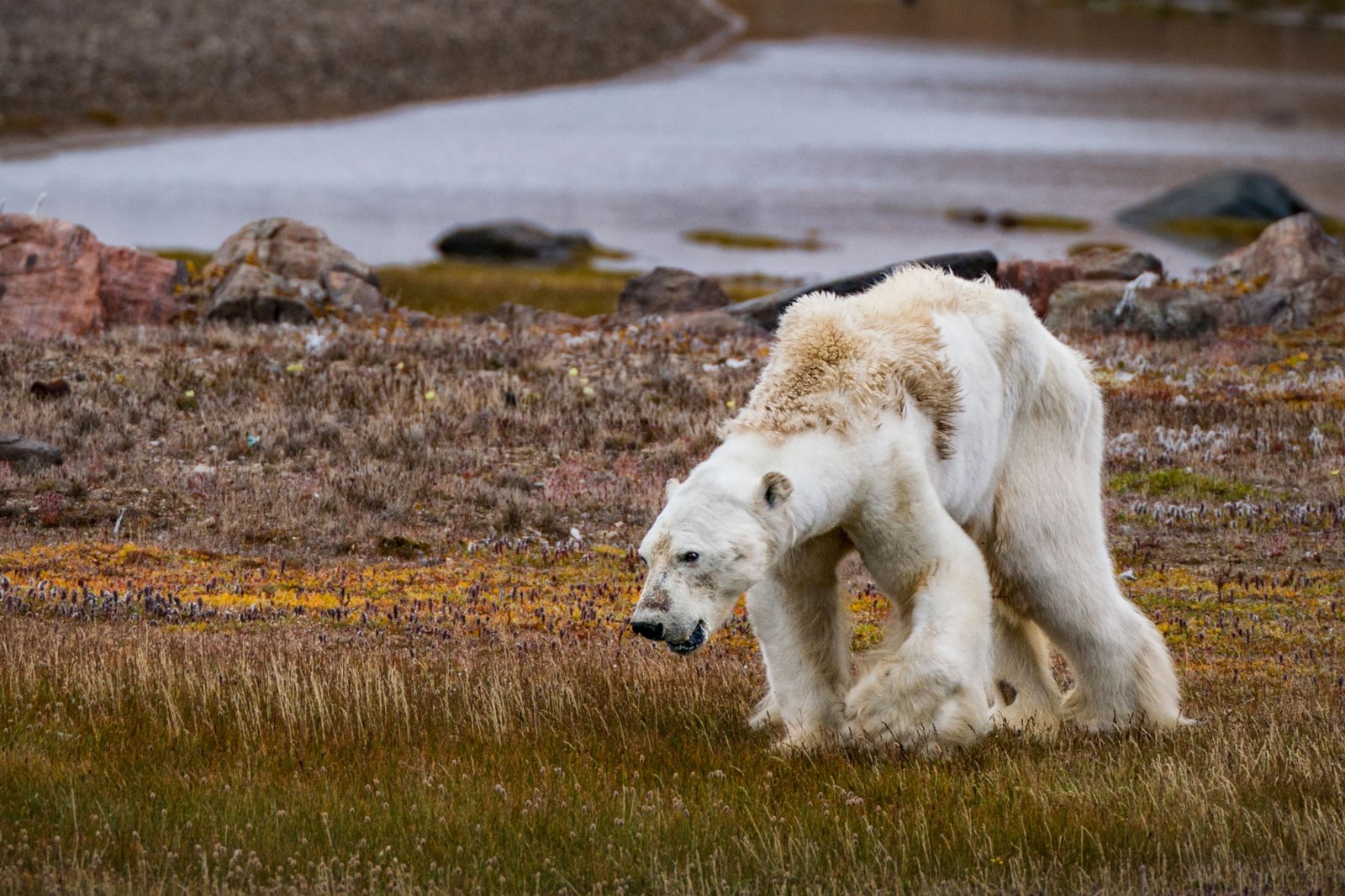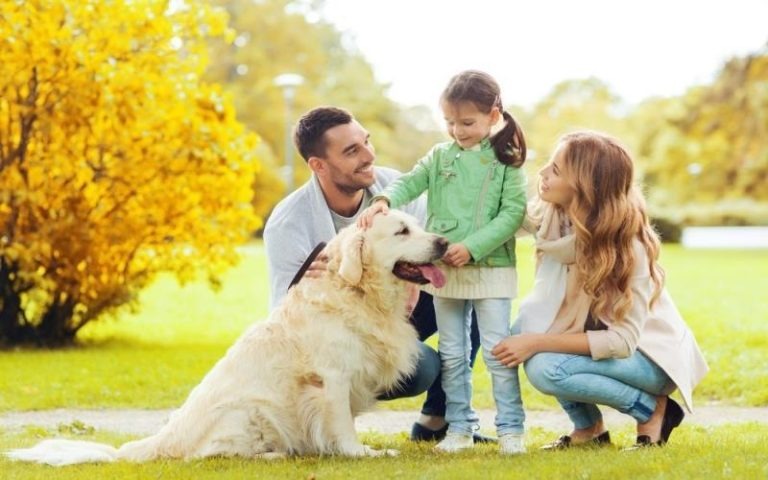
Is a Wagging Tail Always a Sign of a Happy Dog?
We often associate a wagging tail with a happy dog, but there’s more to it. Discover what your dog’s tail really means and how to interpret their body language.
🐶 Pet Star
25 min read · 2, Feb 2025

Introduction: The Tail That Speaks Volumes
We’ve all seen it—the joyous, fast-paced wagging of a dog’s tail when they see us coming home, the unmistakable sign of a happy and excited dog. But is it always that simple? Does a wagging tail always mean your dog is happy, or can it sometimes indicate something else entirely?
While a wagging tail is certainly a positive sign in many cases, it’s not a one-size-fits-all indicator of joy. Dogs communicate a lot through their body language, and the tail is one of their most expressive tools. In this article, we’ll dive into the complex world of tail wagging, exploring what different types of wagging really mean and how you can better understand your dog’s emotions.
Understanding the Basics: The Tail as a Communication Tool
Before we can understand what a wagging tail really means, it’s important to recognize that dogs use their tails as a primary means of communication. Just like how humans use facial expressions and body language, dogs rely heavily on their tails to express emotions, intentions, and even alert others to potential threats.
The position, speed, and direction of the tail can tell you a lot about how your dog is feeling. But just as we would misread a human’s body language if we weren’t paying close attention, the same can happen with dogs. A wagging tail can signal excitement, but it could also indicate fear, anxiety, or even aggression, depending on the context.
In this section, we’ll explore the basics of tail language, which will lay the foundation for understanding the more nuanced meanings behind different types of wagging.
The Speed and Direction: What Does the Wagging Tell You?
When a dog wags its tail, the speed and direction of the movement offer important clues about their emotional state. A slow, gentle wag might mean your dog is feeling calm or even unsure, while a fast, vigorous wag usually indicates excitement or enthusiasm.
Slow Wag: A slow wag with a neutral position often means that your dog is feeling uncertain, hesitant, or curious. They might be unsure about the situation and are assessing their surroundings. This is often seen when they encounter new people or unfamiliar objects.
Fast Wag: A quick, rapid wag typically signals excitement or happiness. Your dog is likely thrilled to see you, about to go on a walk, or anticipating something they enjoy. It’s an enthusiastic greeting and a clear sign that they’re in a positive state of mind.
Wide Wag: A wide, sweeping wag that moves the tail from one side to the other is a universal sign of friendliness and joy. It’s typically seen when your dog feels safe and comfortable around you or other familiar people.
Tight, Small Wag: When a dog wags its tail in short, tight movements, it can indicate anxiety or a feeling of unease. The tail might be held low or even tucked under the body, suggesting that your dog is nervous or fearful.
Tail Position Matters: High, Low, or Between the Legs?
The position of your dog’s tail also plays a significant role in understanding their emotional state. The tail can be high, low, or even tucked between their legs, and each of these positions can indicate different feelings.
High Tail: When your dog’s tail is raised high, it can mean confidence or alertness. A high, stiff tail could also be a sign of aggression or dominance, especially if your dog is facing another dog or a potential threat. However, in some cases, a high tail may simply indicate that your dog is feeling proud or secure in their environment.
Low Tail: A tail held low and even tucked between the legs can be a sign of fear, submission, or anxiety. This is often observed in situations where the dog feels threatened or uncomfortable. It’s important to consider the context—if your dog is in a stressful situation, a low tail can be an indicator that they’re not feeling secure.
Tail Between the Legs: When a dog’s tail is tucked tightly between its legs, this typically signals fear, nervousness, or submission. Your dog might be feeling threatened, anxious, or unsure of their environment. It’s important to take note of the situation and assess whether your dog needs comfort or reassurance.
Emotional Context: How the Environment Affects Tail Wagging
Understanding a dog’s tail language also requires looking at the broader emotional context. A wagging tail is just one piece of the puzzle, and it’s essential to consider other body language cues to fully grasp what your dog is trying to communicate.
Friendly Wagging: When a dog is wagging their tail while also showing other signs of happiness—such as relaxed ears, soft eyes, and an open mouth—it’s likely that they’re simply excited, happy, or looking for attention. This is the classic tail wagging you’re probably familiar with when you come home.
Fearful Wagging: Sometimes, a dog might wag their tail in a nervous or fearful situation. A dog that’s anxious or scared might wag their tail slowly, but it’s accompanied by other signs of discomfort, such as stiff body posture, ears back, or low-to-the-ground stance. This is a more complex situation where the tail wag may be a way of showing submission or trying to signal that they mean no harm, even if they’re feeling stressed.
Aggressive Wagging: Believe it or not, a wagging tail can also be a warning sign of aggression. If the tail is stiff and held high, and the wagging is rigid or slow, it can indicate that the dog is feeling threatened or protective. The wagging may be a sign of frustration or a buildup of tension before an aggressive action. In these cases, other warning signs like a fixed stare or growling can accompany the wag.
The Myth of the "Happy Tail": Breaking Down the Stereotype
The stereotype that a wagging tail is always a sign of happiness has led many dog owners to misinterpret their pets’ behavior. While a wagging tail is often linked with joy, it can sometimes signal anxiety, fear, or even aggression. It’s essential to look at the whole picture when trying to understand your dog’s emotions.
For example, a dog that’s wagging its tail while displaying signs of anxiety—such as cowering, whining, or avoiding eye contact—may not be happy at all. Instead, they could be trying to signal that they’re not a threat but are still feeling fearful or uncertain. This is why it’s important to consider the dog’s overall body language, environment, and the context in which the tail wag is happening.
Conclusion: Becoming a Better Dog Communicator
In conclusion, a wagging tail is not always a sign of a happy dog. While it’s often associated with excitement and joy, a wagging tail can also indicate fear, anxiety, or aggression, depending on the context. To truly understand your dog’s emotions, it’s crucial to pay attention to the position, speed, and direction of their tail, as well as other body language cues like ear positioning, facial expression, and overall body posture.
As a dog owner, becoming a better observer of your pet’s body language will help you create a stronger bond and ensure that you respond appropriately to their needs. By recognizing that a wagging tail can mean different things in different situations, you’ll be able to better interpret your dog’s feelings and respond with the care and attention they deserve.
Q&A: Decoding Your Dog’s Tail Language
Q: Can a wagging tail always be trusted as a sign of happiness?
A: No, a wagging tail can indicate a variety of emotions, including fear or aggression. It’s essential to consider the speed, direction, and overall body language to understand your dog’s emotional state.
Q: What does it mean if my dog wags its tail but seems tense?
A: If your dog is wagging their tail but also displaying signs of tension, such as stiff posture or lowered ears, it may indicate that they’re feeling anxious, nervous, or uncomfortable.
Q: How can I tell if my dog is wagging their tail out of excitement?
A: A dog that is wagging its tail rapidly and holding it in a neutral or slightly elevated position, along with a relaxed body and face, is likely expressing excitement or happiness.
Q: What should I do if my dog’s tail wagging seems aggressive?
A: If your dog’s tail is wagging stiffly and held high, it might be a sign of aggression or territorial behavior. Make sure to assess the situation carefully and give your dog space if they seem defensive.
Q: Can dogs wag their tails to communicate with other dogs or animals?
A: Yes, dogs use tail wagging to communicate with other dogs and animals. For example, a friendly dog might wag their tail in a wide arc to signal friendliness, while a more dominant dog might hold their tail stiff and upright to assert authority.
By paying attention to the nuances of tail wagging and other body language cues, you’ll become a better communicator with your dog. Understanding what your dog is trying to tell you will strengthen your bond and help keep your furry friend happy, healthy, and understood.
Similar Articles
Find more relatable content in similar Articles

How Climate Change Affects Wild and Domestic Animals...
Climate change is dramatically.. Read More

Pets and Mental Health: The Science Behind Emotional H..
Discover the profound impact o.. Read More

The Growing Trend of Therapy and Emotional Support Ani..
Exploring the remarkable rise .. Read More

How Pets Strengthen Family Bonds...
Pets are more than just compan.. Read More
Explore Other Categories
© 2024 Copyrights by rPets. All Rights Reserved.